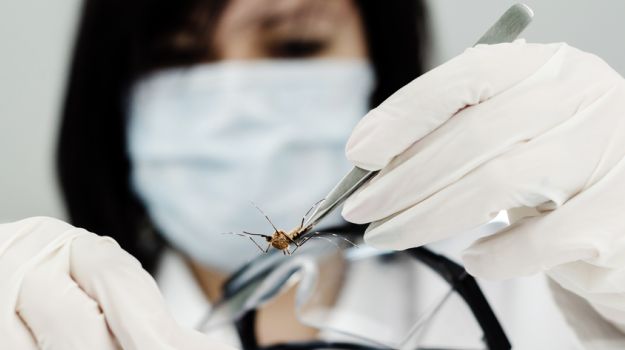Dengue in India
Dengue has become, in recent years, an annual scare during the monsoon season in India. It is not uncommon to find newspapers and television channels full of stories on Dengue's rising incidences. The statistics are equally concerning. In 2014, there were 40,571 reported cases of Dengue in India and 137 subsequent deaths.Dengue is spread by several species of mosquito of the Aedes type, principally A. aegypti. The virus has five different types;infection with one type usually gives lifelong immunity to that type, but only short-term immunity to the others. Subsequent infection with a different type increases the risk of severe complications.This number rose sharply in 2015, to 99,913 reported cases and 220 deaths. This year, the situation is as grim. In Delhi itself, 171 cases have already been reported, the highest in five years, with two reported deaths. This is a cause of alarm, but more importantly, a signal for the need of educating people about Dengue and how it differs from simple viral fever.
Seeing the sharp rise in cases, the Delhi State Health Department has decided to take a proactive approach. They are focusing more on preventing the presence of stagnant water, as well as conducting regular awareness program in the city. This exercise started in July, in an attempt to curb Dengue cases this year.
How is Dengue fever different from regular flu?
Monsoon is the season when everyone seems to get the sniffles or fall ill. Regular flu could possibly be caused by a simple viral or bacterial infection, amongst other possible causes. However, Dengue should not be confused with it as it is a more dangerous form and needs a hands-on approach. The symptoms of the illness only appear 3-14 days after the mosquito bite and not immediately. Dengue fever is a flu-like illness that affects infants, young children and adults alike. Children under 10 years of age may be affected by a more severe manifestation of this illness, Dengue hemorrhagic fever. It can cause abdominal pain, bleeding and affect the circulatory system.
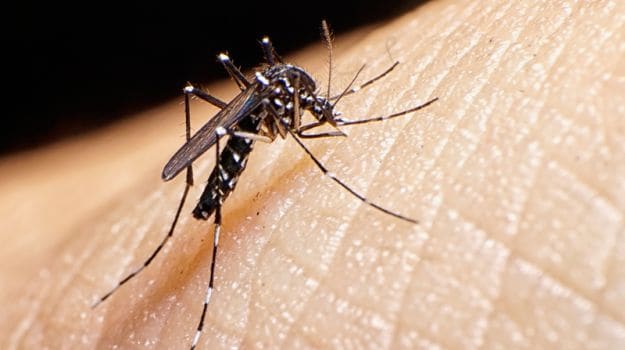 Picture Credit: iStock
Picture Credit: iStockCause of Dengue
The World Health Organisation says, "Dengue is a viral infection transmitted by the bite of an infected female Aedes mosquito. There are four distinct serotypes of the dengue virus (DEN 1, DEN 2, DEN 3 and DEN 4)".
Symptoms of Dengue
It is recommended that any illness is not taken lightly in the current circumstances. If you have any of the below symptoms, over a period of a few days, you should consult a doctor or get yourself tested:1. A drop in platelet count is a characteristic symptom of dengue fever, When affected by dengue fever, platelet count falls. This puts the patient at risk of bleeding and hemorrhage, since blood loses its clotting and coagulating ability. The prevent this, platelet transfusion into the patient may become necessary.
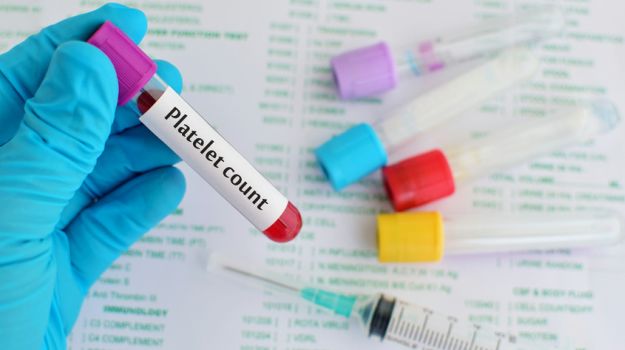 Picture Credit: iStock
Picture Credit: iStock2. Sudden high fever or dengue fever is transmitted by the bite of an Aedes mosquito infected with a dengue virus. The mosquito becomes infected when it bites a person with dengue virus in their blood. It can’t be spread directly from one person to another person.
 Picture Credit: iStock
Picture Credit: iStock3. Skin rash which appears two to five days after the onset of fever, In some cases, a rash that is made of small dots, called petechiae, may appear anywhere on the body as the fever subsides. Other rashes that sometimes occur include an itchy rash on the palms of the hands and the soles of the feet.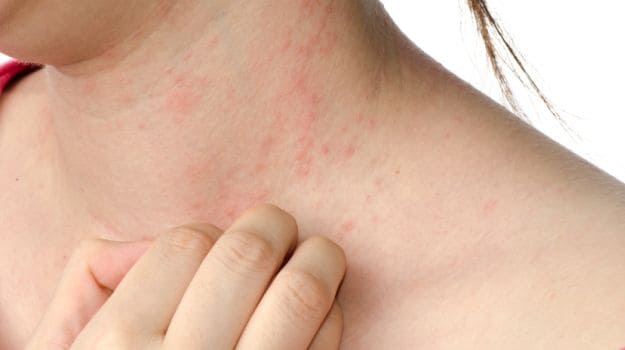 Picture Credit: iStock
Picture Credit: iStock
4. Common symptoms that occur after the fever begins include severe frontal headache, pain behind the eyes, severe joint and muscle pain, nausea and vomiting, fatigue, and a rash.
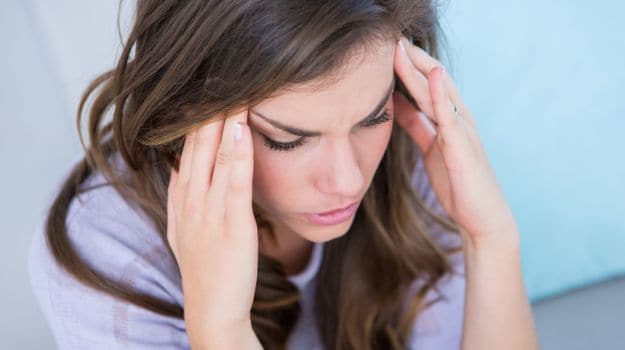 Picture Credit: iStock
Picture Credit: iStock5. Acute joint and muscle pain
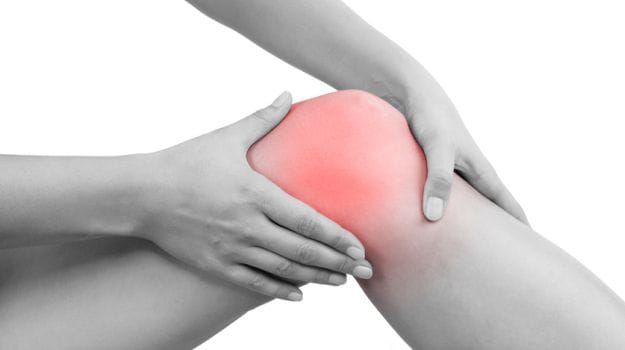 Picture Credit: iStock
Picture Credit: iStock6. Low blood pressure is one of the symptoms of dengue.If the patient develops severe dengue, there will be bleeding spots on the skin and other parts of the body and leakage of blood plasma. Severe dengue fever can damage the lungs, liver or heart. Blood pressure can drop to dangerous levels, causing shock and, in some cases, death. Picture Credit: iStock
Picture Credit: iStock
Experts agree that prevention is the way forward. They suggest that treatment of dengue is symptomatic as the ailment has no specific cure. Moreover, indiscriminate use of pain medicines runs the risk of building resistance against them. Click here for more information on How to Prevent Dengue.









